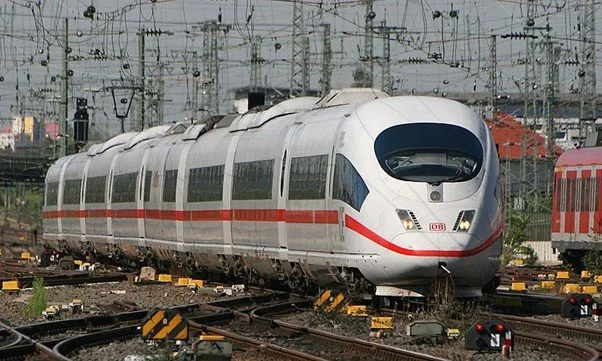Sabotage as a hybrid threat to Europe's critical infrastructure
10 February 2023
Recent sabotage attacks on Europe’s critical infrastructure have drawn attention to the issue of hybrid security threats and revealed how vulnerable we and our societal structures are to the criminal acts of hostile actors. To achieve more resilience in the face of recurring disruptions and disorders, governments and private businesses should implement contingency plans.
By Marius Merz, LandRisk junior analyst
The attack on the Nord Stream gas pipeline in the Baltic Sea in September 2022 has highlighted the fragility of Europe’s most important infrastructures, and thus the significance of hybrid security threats. Hybrid threats can be executed in a variety of realms, including the political, economic, civic, and information spheres, and include covert actions intended to target political institutions, sway public opinion, or jeopardize societal security. In recent months, we have seen several instances that have particularly emphasized the vulnerability of Europe’s vital infrastructure. Concentrating on two such events allow us to better understand the scope of possible attacks, as well as why private companies should begin considering appropriate countermeasures.
The first example took place in April 2022, when multiple fiber cables connecting Paris to Lyon, Strasbourg and Lille were cut in a seemingly purposeful and coordinated attack. The attack led to Internet outages in Paris, Lyon, Reims, Grenoble, and Bordeaux and affected 10 Internet and infrastructure companies. The fiber cable cuts were clean and performed to cause the most damage, according to French authorities. This shows a high level of professionalism on the part of the attackers, who not only knew the exact locations but also had the necessary power tools for the operation.
Another sabotage operation targeted the public transport system of Germany. On 08 October 2022, long-distance train traffic came to a complete standstill for several hours in all of northern Germany, as vital communication cables were cut in a coordinated attack in two different German Federal States. The incident, according to German authorities, was a deliberate attack with the express purpose of disrupting and harming the German railway infrastructure.
Looking at these and other attacks, we note three key takeaways. First, targets of these hybrid operations are numerous, as attackers can choose between sabotaging train tracks in the transport sector, gas fields and pipelines as well as offshore wind turbines in the energy sector, or submarine internet cables and fiber cables on land that assure Europe’s global communication lines with the world. Second, preventive and reactive countermeasures to sabotage acts remain complex and highly challenging on the political transnational level. Implementing preventive measures is difficult because Europe must protect thousands of assets spread across millions of kilometers. Reactive countermeasures can be equally difficult, as hybrid operations are inherently designed to remain below the thresholds of detection and attribution. Third, irrespective of the underlying motivations of sabotage acts, its results are likely to jeopardize private companies that work in high-risk industries. Either private enterprises are directly attacked, having their infrastructure and core business disrupted or destroyed, or they suffer indirect repercussions, having their access to transportation, communication, and energy sources cut off, potentially impairing their operational continuity.
Overall, the fragility of Europe’s critical infrastructure has highlighted the necessity for governments and private businesses alike to have contingency plans in place in the face of growing hybrid security threats that cause disruption disorder.
RELATED CONTENT:
LAND-BASED SECURITY INCIDENTS
See our annual incident figures analysis with threat level trends and developments in hotspots throughout Europe. To download these insights a slidedeck, please use the sign up form below. The insights for each statistic can be found in the speaker notes of the PPT.

